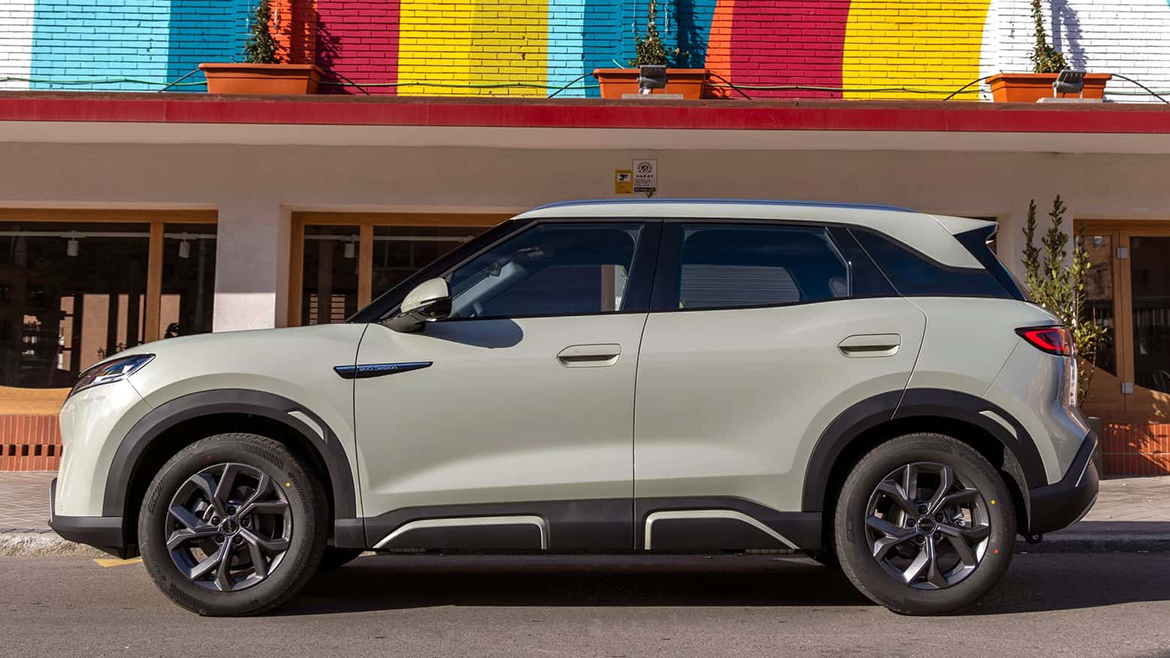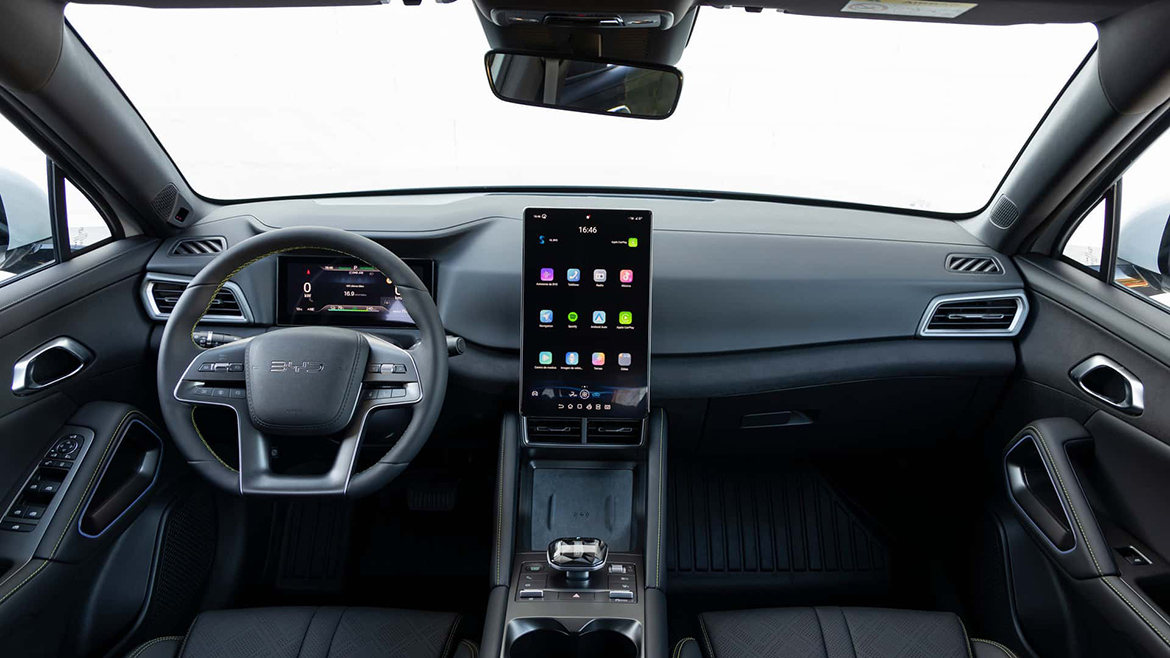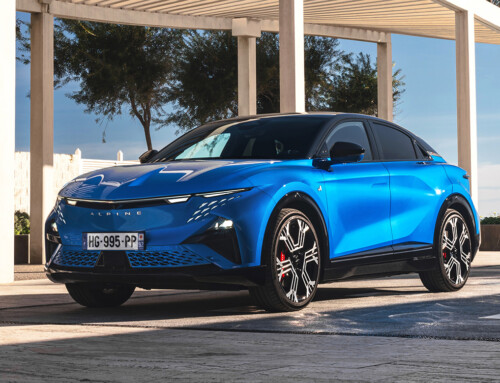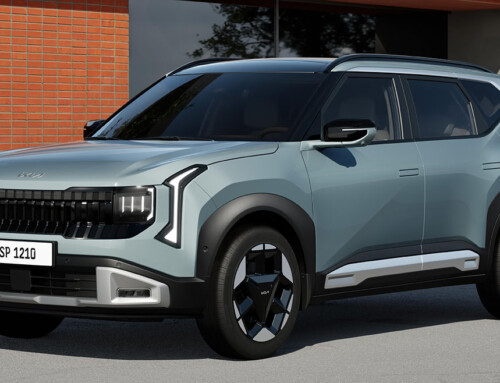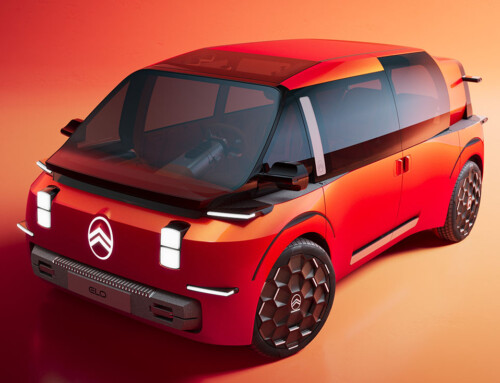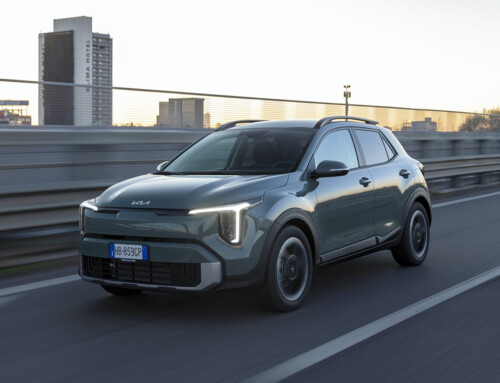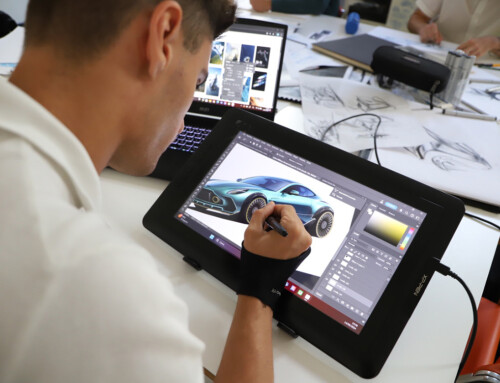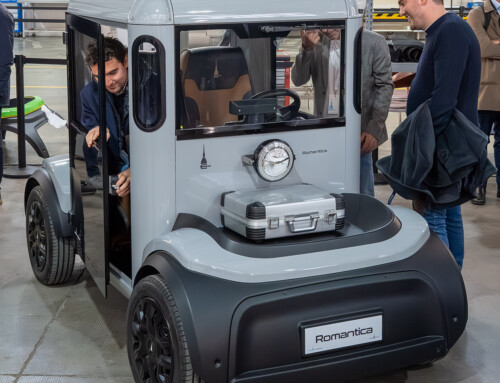Its shape will allow it to enter one of the most important segments in Europe, and its styling, designed by Wolfgang Egger’s team, with soft lines without too many frills or characterisations allows it not to be too uniform and, indeed, to please as many people as possible. The Byd Atto 2 is a compact SUV (4.31 metres in length, 1.83 in width and 1.67 in height) that makes dynamism its strong point: the 3.0 platform on which it is built allows it to offer plenty of space in the passenger compartment, the technologies at its disposal (the Adas package is complete and even has level 2 autonomous driving) make it avant-garde and the electric motorisation is consistent with what the competition offers (from the Citroen C3 Aircross to the Opel Mokka to the Peugeot 2008).
The Atto 2 has a Blade battery with a capacity of 45.1 kWh and, for the first time in a Byd compact model, uses Cell-to-Body (CTB) construction: a process that integrates the battery into the chassis, with the top cover of the battery pack acting as a floor for the passenger compartment. The layout is reportedly a first in the compact SUV segment and offers improved packaging and body rigidity. Speaking of driving, the Atto 2 impresses with its good absorption of rough terrain, while overall dynamics are good: we tested the model in Turin, driven by a 130 kW motor and powered by a 45.1 kWh battery pack for a claimed range of 321 kilometres. A version with a larger battery capacity and 420 kilometres of range will arrive later this year.
The front features LED headlamps with subtle daytime running lights, while the bumper has sharp angles for a dynamic look, along with vertical air intakes at the extreme sides of the body. The profile is characterised by a roof that appears to float thanks to the contrasting colour of the pillars, while at the rear, the spoiler sits above the full-width headlamps (a detail that now seems inevitable in many of today’s new models) featuring a ‘knot’ light pattern, a reference to the Chinese good luck symbol.
The perceived quality of the materials and finish of the cabin is high. There are padded areas almost everywhere and, unlike some competitors, few hard-to-touch plastics. The centre console contains a pair of cup holders and an integrated armrest, which opens to reveal one of several storage areas. The gear selector has a sophisticated diamond-cut look, while all around it we find convenient physical buttons for some key functions: from windscreen demisting to volume for the audio system to the switch to select the four driving modes (Eco, Normal, Sport and Snow). A move away from the ‘all-touchscreen’ approach of some competitors. Not that the Atto 2 has no screens: the instrumentation is 8.8 inches, while the central display for infotainment is 12.8 inches.



